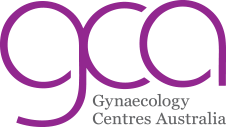Now a standard feature in hospital wards and private clinics, ultrasound was developed over fifty years ago by a team of researchers in Glasgow, led by Professor Ian Donald and Dr John McVicar.
Ian Donald had served as a medical officer with the RAF during the Second World War. When the war ended, Donald moved to specialise in obstetrics and gynaecology. In his new career he drew heavily on his wartime experiences, one of which was a rudimentary knowledge of radar. This was combined with an awareness of echo-sounding, something he had learned about during anti-submarine sorties.
If cutting edge technology could be used in such a powerful and destructive way Ian Donald also saw that it may be harnessed for good. He realised that you could use the same techniques to monitor changes in the human body. Surrounding himself with like-minded individuals such as fellow obstetrician Dr John McVicar and engineer Tom Brown their work would go on to revolutionise medical diagnostics.
The potential to reveal information on the growing foetus in the womb was soon realised, and the use of ultrasound spread quickly, making pregnancy and labour safer and allowing for much more effective detection and treatment of foetal abnormality. Within a few years ultrasound scanning became a routine part of ante-natal care. And as the science of ultrasound developed, so too did its applications. Ultrasound scanning is now used in a myriad of other areas, and recent advances in technology have enabled three dimensional images to be produced.
